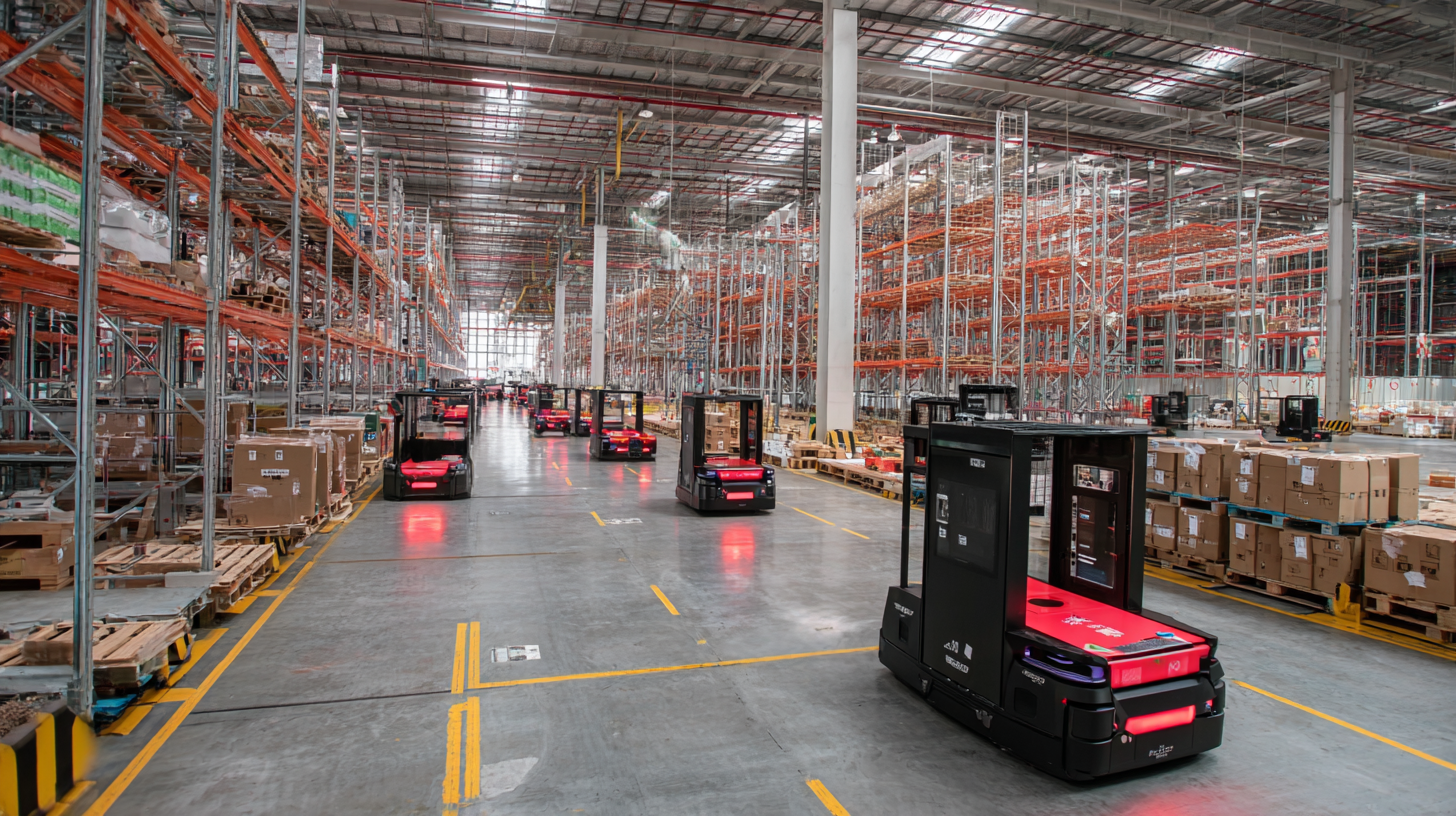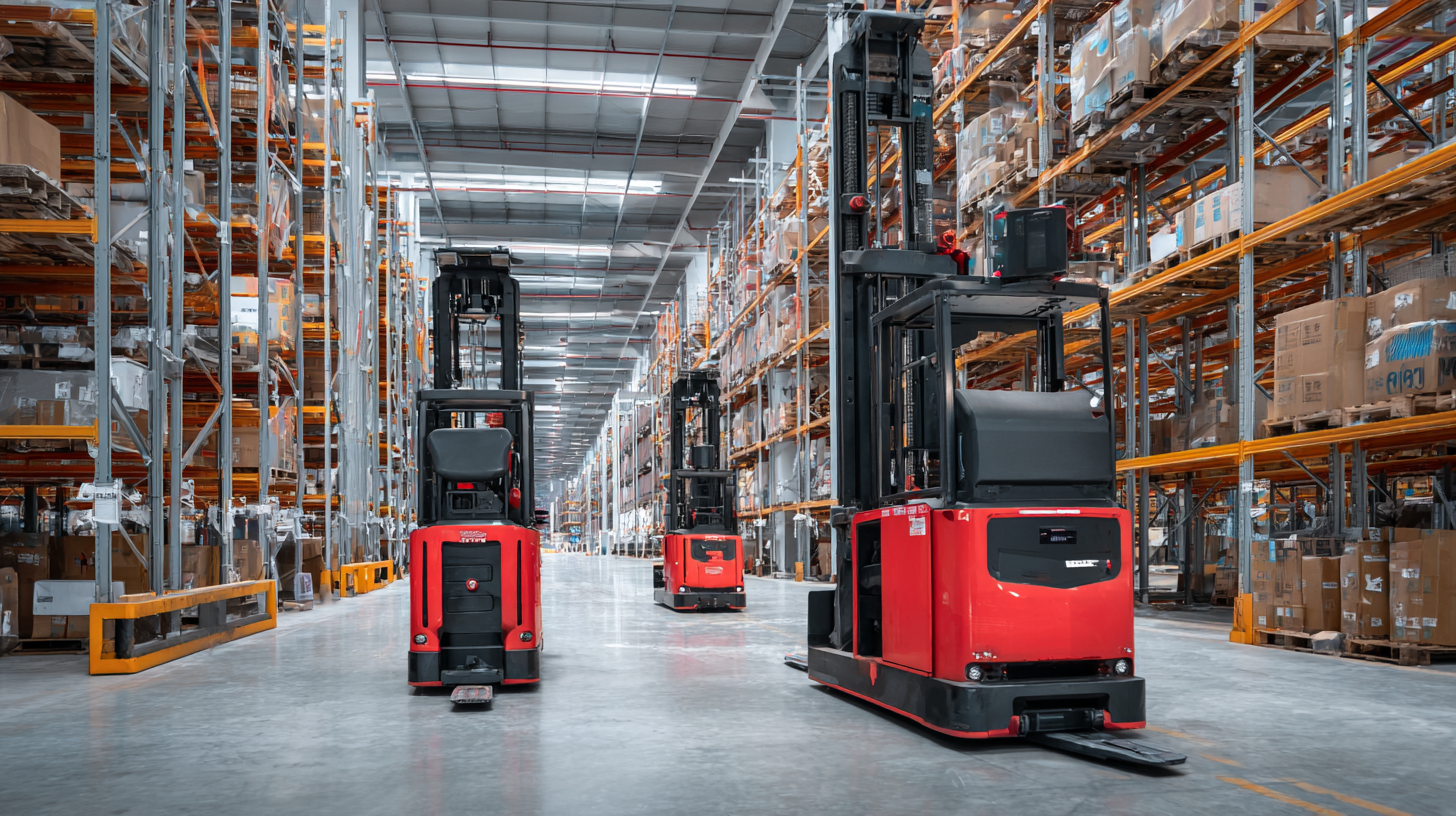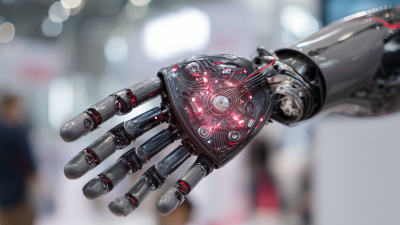Future of Warehouse Robots at China's 138th Canton Fair 2025 Industry Insights and Market Growth Trends
As the global landscape of logistics and supply chain management continues to evolve, the integration of technology becomes increasingly vital. The 138th Canton Fair in China, set to take place in 2025, is at the forefront of showcasing the latest advancements in this domain, particularly the role of warehouse robots. These automations are not just redefining operational efficiencies, but also enabling businesses to adapt swiftly to market demands. With the rise of e-commerce and the need for rapid fulfillment, warehouse robots are emerging as essential tools for enhancing productivity and reducing costs. This expo will provide insights into the burgeoning market trends and innovations that are shaping the future of warehousing, highlighting the significant impact that warehouse robots will have on industry standards, workforce dynamics, and logistical strategies in the years to come.

Emerging Trends in Warehouse Automation Technologies at the Canton Fair 2025
The Canton Fair 2025 is poised to showcase transformative trends in warehouse automation technologies, reflecting the rapidly evolving landscape of logistics and supply chain management in China. As per the latest report from Mordor Intelligence, the warehouse automation market in Asia-Pacific is projected to grow at a CAGR of over 14% from 2021 to 2026. This growth is driven by innovations such as autonomous mobile robots (AMRs), automated storage and retrieval systems (AS/RS), and advanced warehouse management systems (WMS), all of which are expected to be featured prominently at the fair.
Emerging technologies such as Artificial Intelligence (AI) and the Internet of Things (IoT) are enhancing the functionality of warehouse robots. According to a report by ResearchAndMarkets, the integration of AI in warehouse automation can reduce operational costs by up to 30% while increasing efficiency significantly. At the Canton Fair, industry leaders are likely to demonstrate how these advancements can optimize inventory management, reduce human error, and streamline logistics operations. As businesses increasingly seek to adapt to consumer demands for faster delivery times, the emphasis on cutting-edge automation solutions at the fair exemplifies a strategic response to an evolving market landscape.
Impact of Robotics on Supply Chain Efficiency in China's Warehousing Sector
The impact of robotics on supply chain efficiency in China's warehousing sector is becoming increasingly significant as the nation gears up for the 138th Canton Fair in 2025. According to a report by iResearch, the Chinese robotics market is projected to reach $30 billion by 2025, propelled by the growing adoption of intelligent automation in supply chains. In particular, warehouse robots can enhance operational efficiency, reduce labor costs, and minimize errors typically associated with manual handling. Implementing autonomous mobile robots (AMRs) has shown to reduce the average order processing time by up to 30%, resulting in a more responsive supply chain.
Tips for optimizing warehouse operations with robotics include investing in data analytics to track and analyze workflow patterns. This insight can guide the deployment of robotic solutions, ensuring maximized utilization and alignment with business objectives. Furthermore, integrating robotics with existing warehouse management systems can streamline operations, allowing for real-time inventory management and reducing bottlenecks in the supply chain.
As the demand for faster and more accurate fulfillment increases, China's warehousing sector must embrace robotic solutions. Statistics indicate that automating just 10% of warehouse operations can lead to a 20% increase in productivity. By strategically implementing these technologies, companies can not only enhance efficiency but also position themselves competitively in a rapidly evolving market.
Market Growth Projections for Warehouse Robots Post-Canton Fair 2025
The warehouse robotics market is set to experience robust growth in the wake of the 138th Canton Fair in 2025, driven by emerging technologies and increasing demand for automation. According to a recent report by ResearchAndMarkets, the global warehouse robots market is projected to expand at a compound annual growth rate (CAGR) of 25% from 2025 to 2030, reaching an estimated value of $9.8 billion by the end of the decade. This surge will be mainly fueled by the rising e-commerce sector, where efficiency and speed are paramount in meeting consumer demands.
The insights from industry analysts suggest that participation in events like the Canton Fair will further accelerate the adoption of warehouse robotics in China. With more than 300 exhibitors showcasing cutting-edge automation solutions, the fair is pivotal for networking and collaboration. Furthermore, a study from Gartner highlights that approximately 35% of warehouse operations are expected to integrate some form of robotic technology by 2026, significantly enhancing operational efficiency. As businesses strive for greater productivity and cost-effectiveness, the market for warehouse robots will continue to flourish, setting the stage for a transformative era in supply chain management.

Innovative Applications of AI and Robotics in China's Warehousing Industry
The adoption of robotics in warehouse operations is rapidly increasing, driven by the urgent need for efficiency and accuracy in logistics. With the integration of artificial intelligence, modern robots are evolving to handle a broader range of complex and diverse tasks within the warehouse ecosystem. This trend is not merely about automation; it is transforming the way warehouses operate, enabling real-time decision-making and optimized workflows. The recent IDC report highlights a growing demand for collaborative robots, indicating a shift towards more flexible and human-friendly operational models.
China's robotics industry is experiencing unprecedented growth, fueled by policy incentives and technological breakthroughs. Events like the Canton Fair showcase innovative applications of AI and robotics in warehousing, providing a platform for industry leaders to present their latest advancements. As companies increasingly prioritize automation solutions, the role of robots in logistics will likely expand, streamlining processes from inventory management to order fulfillment. This transformation reflects a broader trend in manufacturing, where smart technology is becoming integral to achieving competitive advantages in a global marketplace.
Challenges and Opportunities for Robotics Adoption in Logistics at the Canton Fair 2025
The logistics sector is on the brink of a major transformation, particularly at the upcoming Canton Fair 2025, where the intersection of robotics adoption and market growth will take center stage. As businesses increasingly recognize the need for automation to enhance efficiency and accuracy in warehouse operations, significant opportunities arise for robotics integration. However, challenges such as high initial costs, workforce adaptability, and technological reliability remain hurdles that companies must navigate.

Tips: Companies looking to adopt warehouse robots should start by evaluating their specific needs and operational workflows to ensure the right solutions are implemented. Additionally, investing in robust training programs will help employees adapt to new technologies, ultimately fostering a more collaborative environment between humans and robots.
On the other hand, the global landscape offers a promising outlook, with the industrial robot market reaching unprecedented valuations. The demand trajectory suggests that organizations that strategically embrace robotics will not only optimize their supply chains but also position themselves favorably against competitors. Focusing on gradual implementation and assessing ROI can help ease the transition, allowing businesses to capitalize on the future of logistics.
Related Posts
-

How to Harness the Power of AI Robots for Everyday Tasks
-

What Are the Advantages of Using Robotic Process Automation Tools
-

Exploring Robotic Process Automation Tools at the 2025 China 138th Canton Fair Insights and Innovations
-

Unleashing Digital Transformation: The Ultimate Guide to Robotic Process Automation Software
Smart Robotics brand movie
Watch video


